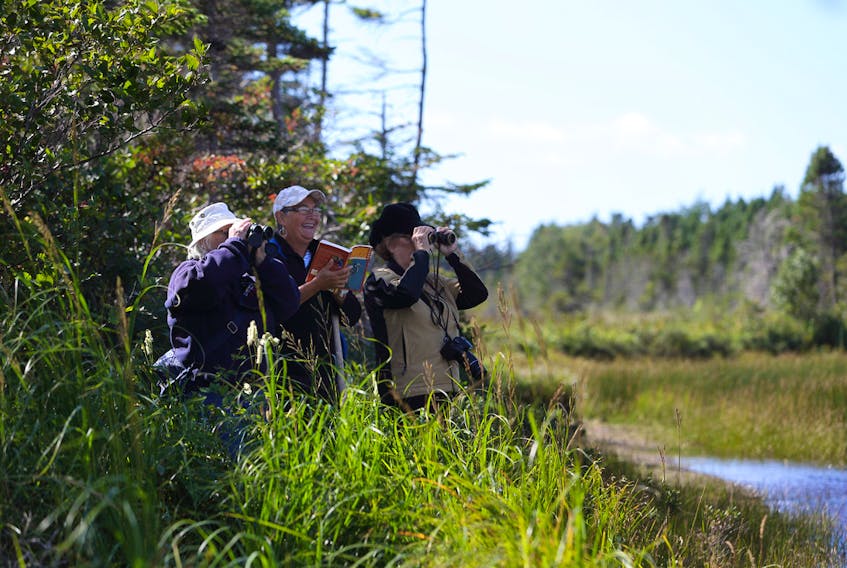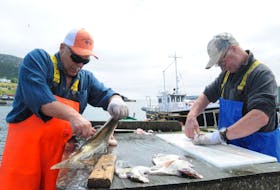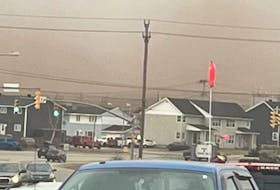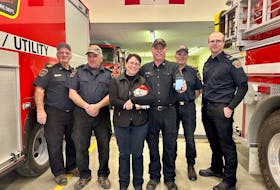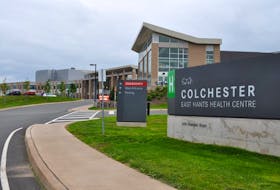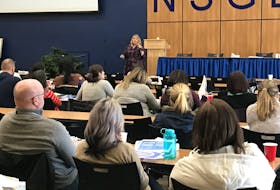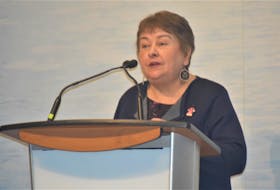CODROY, N.L. — The Nature Conservancy of Canada (NCC) is once again moving ahead with conservation plans for the Codroy Valley area this summer.
The Grand Codroy Estuary Nature Reserve, the only Newfoundland and Labrador RAMSAR (International Convention on Wetlands) site, has two internationally recognized important bird areas and is part of the NCC’s collection of properties which totals 600 acres of land surrounding the Grand Codroy River.
The site has more than 100 identified bird species, including waterfowl, songbirds and shorebirds, as well as rare plant species and hiking trails, making it an increasingly popular tourist destination with nature lovers visiting the province’s west coast.
On June 1 from 9 a.m. until 2 p.m., the NCC will host a restoration planting event for volunteers to plant trees to enhance the natural tree buffer of native trees along the edge of the estuary. The NCC has planted trees in the Codroy Valley once before, but this time the planting will take place at a different location.
“On the property in which we’re doing it, there was more coastline than we were able to cover in the first year. So now that it’s been a few years we’ll go back with volunteers and do kind of like an adjacent piece of the coastline,” clarified the NCC’s Megan Lafferty. “Essentially what we’re doing is to help stabilize the riverbank. It helps to filter water coming down into the estuary, and it just provides a bit of a buffer.”
Lafferty noted there’s a long history of agriculture in the Codroy Valley, and NCC still allows farming on its properties, so it’s important to work with farming communities.
“By planting this buffer, it just makes sure that agriculture can co-exist with the wetland,” says Lafferty. “By having like root systems going down, it helps with erosion and makes it a bit more resilient to potential impacts of climate change.”
On June 8, the NCC will be conducting its annual bird survey, which is a half day event from 8 a.m. until noon.
The information collected on the types of birds spotted and any fluctuation in population over time is used to help the NCC decide how to best direct its conservation efforts and help manage its properties, especially as it relates to climate change.
“Mostly what we’ve observed to date is kind of anecdotal and that’s the other reason we do it every year, is that kind of more information is always helpful for making us draw conclusions. We have not seen much change in the species numbers and diversity from our event,” says Lafferty.
Whether or not there’s a concerning trend on a higher level is difficult to ascertain from a single day’s annual event, noted Lafferty. The NCC does share its data with the Canadian Wildlife Service to help compile that overall data.
“For a number of years they’ve been doing a duck banding program in the Codroy Valley and that also helps track population numbers,” says Lafferty.
The NCC’s third event this summer will be the annual Sandy Point Beach cleanup to remove plastics and protect the habitat, which will take place on July 20.
“One side of the island in particular seems to be just the way the water flows current-wise. It seems to be a bit of a loading beach, so every year there’s new garbage washed ashore. So that’s why we continue to do it. It is kind of an ongoing threat, so the hope is that as we look to many years in the future, there would be less washing ashore,” says Lafferty.
She estimates NCC volunteers remove about 1,000 pounds of garbage from the beach every year, and this continues to help mitigate the threat to the area’s sea and wildlife.
While Sandy Point Beach is a loading area and one of the NCC’s project areas, the Codroy Valley beaches are not. However, Lafferty notes they do visit the provincial beaches in the Codroy Valley.
“I have walked along there, and I haven’t seen the same extent of garbage as we see on Sandy Point. I don’t know if that’s because the province is managing it,” offered Lafferty. “We try to add value for volunteers as well, so generally people enjoy the opportunity to get out to Sandy Point.”
She says some of the volunteers have strong familial connection to the island, and enjoy exploring the cemeteries and delving into the island’s history during the beach cleanup event.
When it comes to volunteering for any of the NCC’s conservation events, Lafferty says it’s important to be prepared and offers a few key tips.
“For the most part for these events, just being prepared to be outside, walking on uneven terrain, and you know clothing that can get wet and dirty. Certainly, if people have their own binoculars and birding books that they’d like to bring to the bird event, that’s always helpful,” offers Lafferty. “ … having water, sunscreen, you know snacks are always important when you go outside, and for the longer events packing a lunch would be good.”
For more information on NCC events in your area or to learn of other ways to help out, visit natureconservancy.ca.

